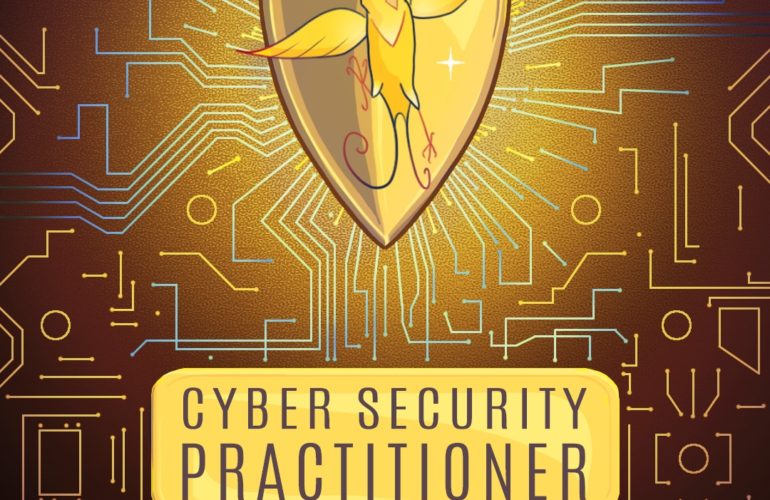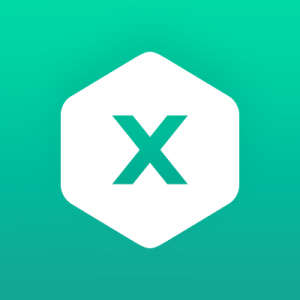A few years ago, my friend Alex introduced me to the blockchain and crypto world. Though it initially took me some time to understand its potential, once I finally did it opened up a whole new world. The concept that really helped me understand what this technology was all about was this notion of “the Internet of Value”- an open network with unstoppable apps that could hold actual value in the form of tokens.
I was convinced there was a use case that could improve traditional online learning. The last time I had had that feeling was when I first discovered what was called then the “network of networks” (the Internet). I was doing one of my first traineeships, in an insurance company in Norway. At that time there were less around 2,000 websites – in the whole world. I was so excited about it that I proposed to my then-boss to create a website to help clients find the right insurance products for them. “A website? What is it?” she answered. However, she was brilliant and open-minded and gave me the go-ahead to try it out. This was quite probably the first website of an insurance company in Norway, maybe Scandinavia. I’m still waiting for that company’s confirmation… ? (read the story)
And then about a year ago when we first started mentioning “NFTs”, most people had no idea what we were talking about. It took us far too long to explain new terms such as fungible tokens, gas fees, crypto wallet, DeFi and much more.
Fast forward 12 months and NFT (non-fungible tokens) are close to becoming a household term. Clients are now expressing genuine interest about the role of blockchain-powered solutions in our learning products. Many tell us that we are the first to show them real tokenised solutions in learning and want to find out more.
These leading insurers are courted by the most prominent training companies in the world. And yet they repeatedly single us out for being the most innovative.
At INGAGE, our team is busy creating the next generation learning platform. Our R&D team is currently working on integrating a blockchain based incentive system directly into our course modules. Users will soon be able to earn both NFTs and fungible tokens as part of their learning journey. Stay tuned for more details on our upcoming releases!
The following article does a nice job explaining the generational divide between modern and legacy platforms:
How NFTs are creating a generational divide between platforms
Extract: “Today, let’s talk about a fault line that’s beginning to open up in the gaming world, one I suspect will soon be coming to most platforms and app stores. It’s a divide that begins with a simple question: will your platform allow NFTs? Crypto payments? You know … blockchain stuff?
Like it or not, the rise of non-fungible tokens as an engine for fun and profit has been one of the tech world’s big stories in 2021. Using the blockchain to create unique digital objects with verifiable, transferrable ownership has opened up new possibilities in art, digital trading cards, and gaming. At least for the moment, it seems likely that other forms of media will follow.”
Source: Steam banned blockchain games; Epic Games welcomed them By Casey (Oct 20, 2021, 6:00am EDT)
Read more…




